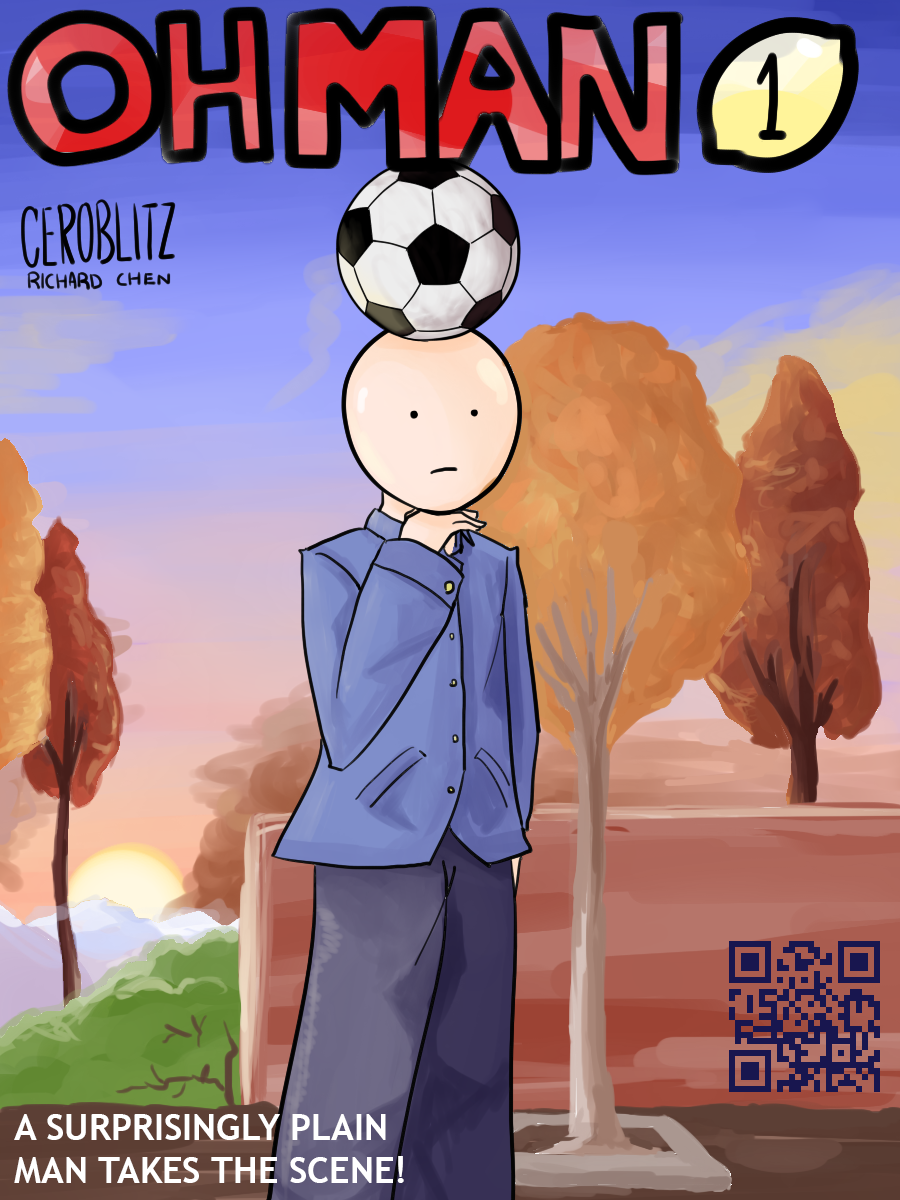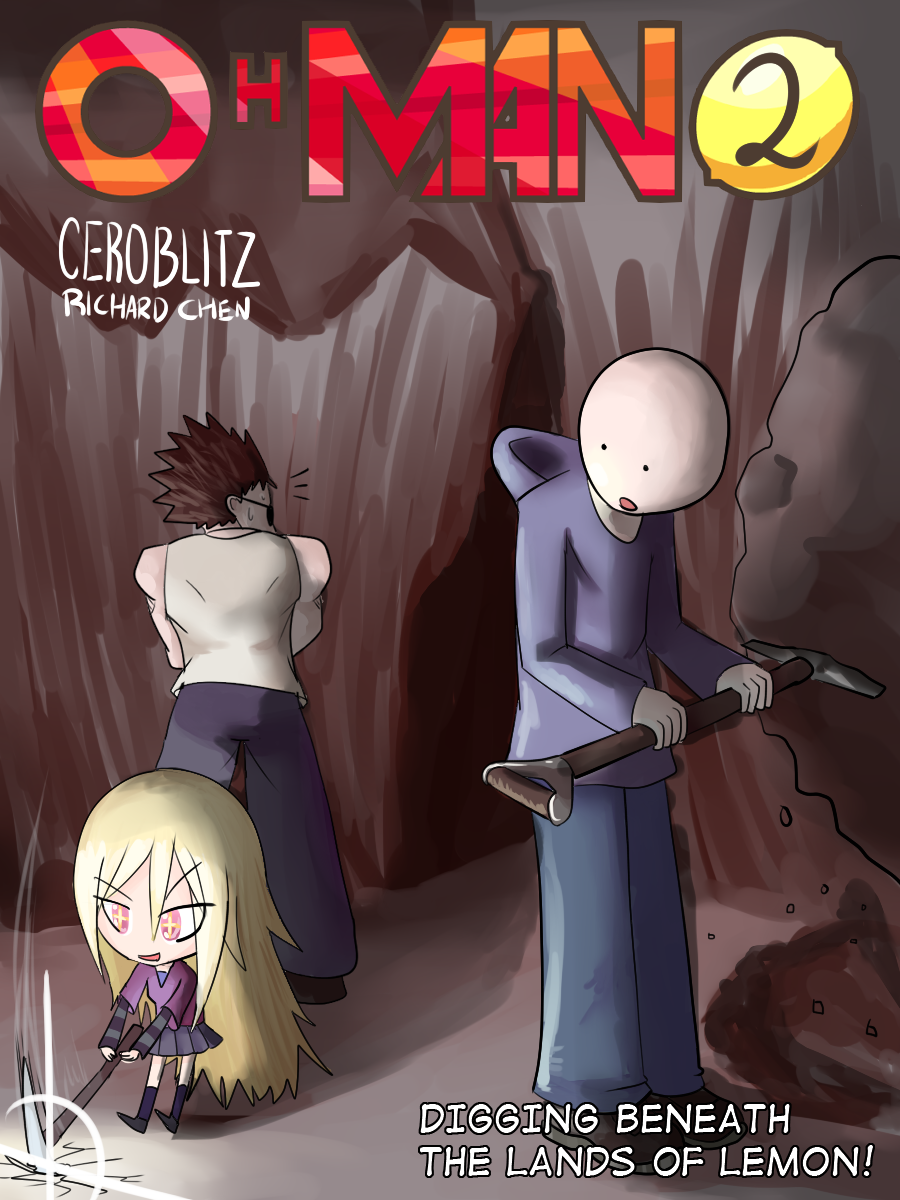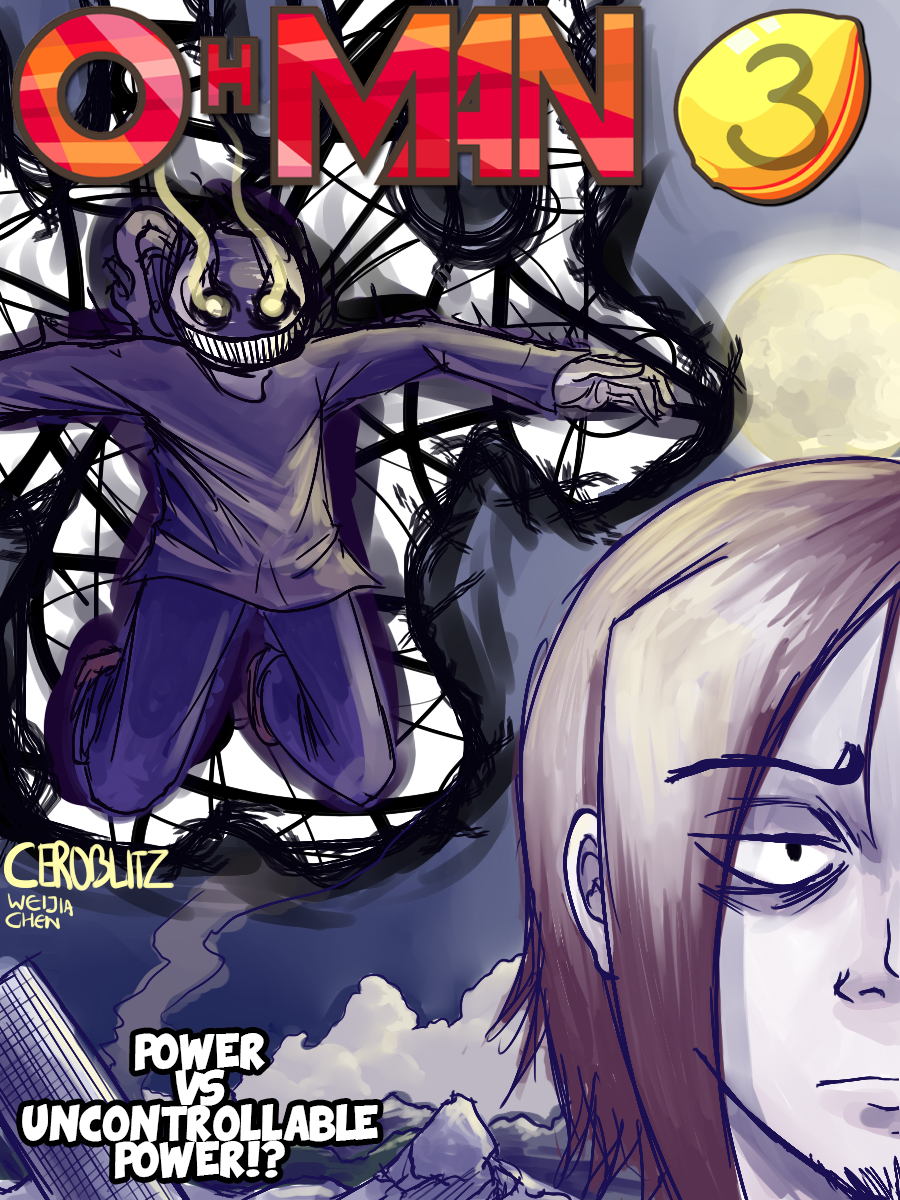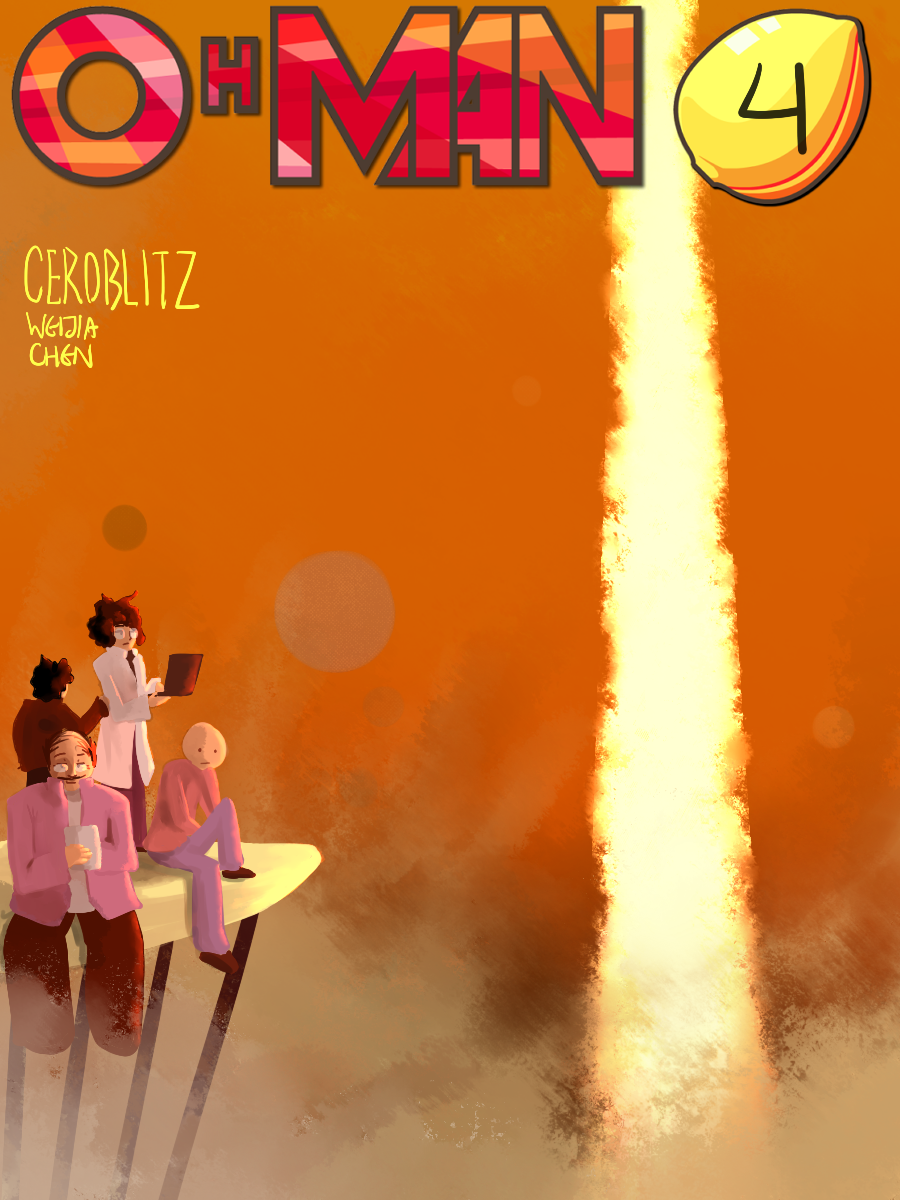WRITING IS HARD
Well it sure is, when you consider everything, it really is hard to write something with everything you want and in a solid block. Sometimes, I feel the need to just block off the rules and formalities, in order to write, and sometimes I feel like if I don't follow them something will result in a flaw, and cause problems later on (which is why I want this next story to be entirely written out before I begin)
Being constantly influenced by many things also adds to the difficulty, especially when you want to take the elements of things that you like, mesh them together in a new way, and present them to the world. Just the sound of that sounds hard, but it sounds so fun, and so fulfilling.
Recently, I just binged about 300 episodes of anime in the past 1-2 weeks, to get a grasp on what I was writing, and to chew out the flaws and good points other creations have made (notably popular ones, and things I've been generally avoiding). If you want to see what I've been watching, you can check it out here:
Another thing that is creating this writing block, is no less the result of wanting to capture an audience to an enticing story. So many manga, and stories, can have bad starts, and appear as generic, no matter how much effort is put in to make it dynamic. Ignoring the rules feels too dangerous here, but following the flow of the medium, and the rest of the tropes and ideals seems to also lead to a swift death.
Either way, I want to experiment with how I can get people to read a text, without being to overbearingly scary. So I want to appeal in this order:
1. An interesting, unique cover page.
For example, Let's take other manga as an example. Of the cover pages here, which one are you most likely to read?

Without personal Bias, the fourth one seems the most interesting, but the overall level of these title pages seem to draw almost no attention to what the manga is about, except the fourth one, and possibly the fifth one (ignoring the titles).
In their own right, they are trying to appeal to certain audiences, such as the first one, would tend to appeal to people going after shoujo romances. But they are also general enough to leave a wider audience wondering what it is about. More specific targeting cover pages, would use elements such as sexual appeal, an item of interest ( sports, weapons, magic, school clothes) , or anything of the like. But what I would like to make is something that is either shows an original style or representation, that would pique a potential reader's curiosity. Colors, design and overall conveyance are all important. I think the consistent style of Assassination classroom's cover pages brings a curious reader to try it, while bright colors or unusual colors that draw attention that highlight the context of the story, (or does not) does well to bring attention. It is not to say to judge a book by its cover, but people easily judge a book by its cover, nearly all the time.
For my OH MAN covers, I had experimented with this in itself. With an appealing title logo, and ensuring the content of the title pages itself are interesting. Subtitles were also used to help the impression and increase the curiosity levels.The first one, calls out the curiosity factor for this odd looking character in the world. The second cover page, brings in the new characters, which has an appealing factor, working in tandem with this odd character. For cover page 3, I used complementary colors, and an element of the story to bring out interest. For cover page 4, bright warm colors were used to highlight the new world, to create an eye popping sensation. For cover 5, I experimented with a newer style and a more scenic composition and a variety of colors and a misty feel to highlight the fore coming and current elements in the story. I actually considered these elements a little, but composition was more important before most of these creations. Check them out here ( and see how bad they are.. ). Which one do you think is the most interesting?





Aside from cover pages, next would be..
2. Plot summary and Synopsis
Generic plot lines, generic names, and synopsis covering only the beginning scope of the story, are what I dislike the most. Things that do well to leave the reader in thought of the characters and potential elements, instead of summarizing the beginning of the story do much better to present the work. Many works have misleading synopsis of what the actual content of the anime, or manga actually holds, because it doesn't look to the meat of the story, but rather the tip of the iceberg. If you were to go to a fancy restaurant, and order a steak, you would rather want a superb delicacy over a pretty piece of rock. It is much more important to tell you about the taste and texture of the meat, rather than the decorations that present itself for your first impression.
3. Introduction and Beginning events
In line with the synopsis, must work well with the actual beginning of the story and its function. If people can't get curious or interested at the first chapter, it has already failed. People read the synopsis in order to prepare their expectations of the work, and if you make it too specific, what you are limited to do in presentation starts to diminish. Highlight what people seek, and lead them on. Presenting all your cards will limit the ability to do things past the first step.
For the actual story itself, the power of presentation of information has to lull the reader in to ask questions and have them answered, in time and in cycle. Just like a manga, cliffhangers are presented to lead people on to ask a question, and have it become answered in possibly the next chapter. However, it is not just limited to chapter by chapter, but, page by page, event by event, panel by panel, or even text by text. Of course, the smaller the element, it needs less impact, and needs moderation in how important the dialogue is. Set up people to understand what will happen, and try to read the expectations by what has been set up. With this, you can control the reader and the story both, to have a very good time, or a bad time. Its all up to how well it is written and executed.
-
Those would be my main 3 focuses in creating my new work. But before all that has to even take place, I need to write and ensure that a fantastic, interesting, surprising story can even be made, before introducing all of the extra elements. For my next post, I want to try making a super short story ( or at least an intro to one), and see if you guys are interested in it, or think it sucks.
Anyways, thanks for reading!
ceroblitz


